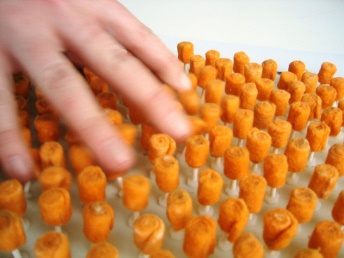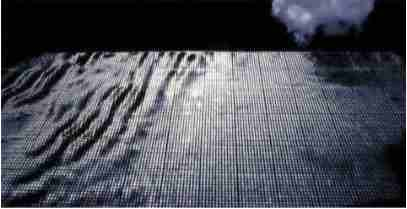
Biography
Biography: Anumol Thomas
Abstract
Visual disruptions are the future of modern designs through illusions in architecture. Optical illusions have long been a useful tool for architects. Perhaps most famously, the ancient Greeks used them in the construction of the Parthenon. The interactive movement in architecture through kinetics is also one method to explain about illusions. The motion of small parts together can largely obtain the concept of kinetic architecture. The current lack of extension in the actual movement application in architecture refers to the complexity of the design and the high cost and difficulty of execution; however the evolution in smart materials makes it simpler and easier. The evolution of architecture from static and stability to dynamic and movement has been accompanied by changes in the architectural thought. The interactive material with wind using kinetics has been explained. Inspired by the beauty of grass blowing in the wind, Super Cilia Skin has become the tactile and visual system. An array of computer-controlled actuators (Cilia) is connected to an elastic membrane. These actuators represent data by changing their physical alignment. It has the potential to replay dynamic gestures over time and to communicate remote gestures; this makes it a potentially important tool for tactual communication and education. These cilia move in response to computer-controlled magnetic fields created under the membrane, allowing them to represent information by dynamically changing their physical orientation. The device is designed to sense physical gestures on the cilia and to replay those gestures by fluttering the same cilia that were tapped. On an architectural scale, a facade superimposed with Super Cilia Skin could represent the “wake” of a local wind pattern blowing up and down the surface during the day generating energy. The entire surface of the facade responds to wind via thousands of 9-inch squares of perforated aluminium mounted on low friction hinges. A photographic mosaic of sand dune images is formed from the perforations of the moving panel. Intricate shadow images of the dunes are projected onto the walls and floor of the building lobby, when sunlight passes through the screens. The optical qualities of the skin alter fiercely with the weather and the time of day.
Image

Figure-1: Super cilia skin.

Figure-2: Movement of super cilia skin in a façade.
